Water Balance
In broad terms, the water balance is a form of accounting, with a currency of water. In hydrology, the traditional concept of the water balance begins with precipitation $P$, which falls onto the land surface in the form of either rain or snow. During a storm event (or a period of significant snowmelt), a portion of the rainfall (snowmelt) will accumulate in nearby streams, rivers, and storm sewers; this portion is commonly termed runoff $R$. The portion of water that does not runoff remains on the land surface, and generally pools in puddles or is absorbed by the soil.
After the cessation of a storm, the water left behind becomes susceptible to evaporation. Water in the soil can also be consumed by the roots of vegetation in a process called transpiration. Hydrologists commonly lump these two processes into one, namely evapotranspiration $E$, which represents the total amount of water lost to the atmosphere.
But not all of the water that remains is lost to the atmosphere; some will continue to percolate deeper underground under the influence of gravity toward the water-table. This is the water that replenishes groundwater based supplies, and is termed groundwater recharge $G$. Over the long term, the water balance can be defined as:
\[P = E + R + G\]Although the above equation appears simple, the terms $E$ and $G$ are practically immeasurable and neither can be determined with any degree of certainty. To solve for the unknowns, hydrologists must equip themselves with a wide knowledge base of environmental processes from atmospheric sciences (climatology and meteorology), to the biophysical processes of vegetation (photosynthesis), to the structure and mechanics of soils (pedology), to geology and its effect on groundwater (hydrogeology). In addition, anthropogenic influences must also be taken into account. For example, how do agricultural practices affect the soil structure and vegetation distribution? Given that urban infrastructure generally increases runoff at the expense of recharge and evapotranspiration, how does this change the water balance?
To put this discussion into a local perspective, for southern Ontario the right-hand-side terms of the above equation–$E$, $R$, and $G$–are disproportionate: evapotranspiration consumes roughly two-thirds of all precipitation that falls during a year, while the remainder is proportioned between runoff and recharge depending on the regional geology and landscape character.
At ORMGP, our primary interest is in quantifying and understanding the distribution of groundwater recharge $G$. Groundwater recharge maintains the dynamic groundwater flow system that is relied upon for domestic water supply by several hundred thousand residents, both those in the rural areas, as well as those in groundwater-based urban communities (e.g., Uxbridge, Newmarket, Caledon East, etc.). Groundwater recharge also re-emerges from the ground in the area’s many streams, creeks and wetlands thereby maintaining healthy ecosystems and flow in these important environmental features. In our goal to improve the understanding of groundwater recharge and the overall groundwater flow system, the program is dedicated to the collection and management of data that provide insight into the proportions of the simple, yet elusive, water balance equation.
